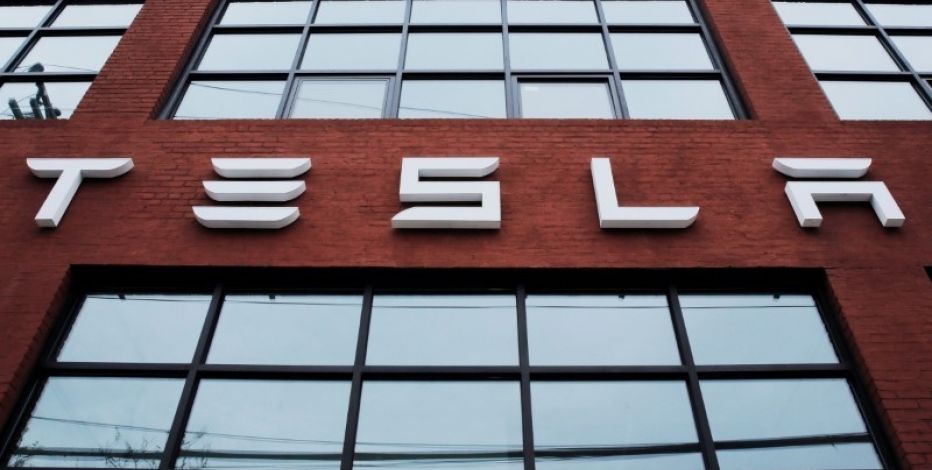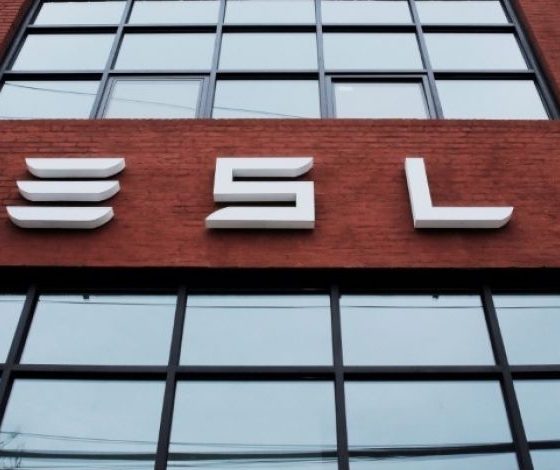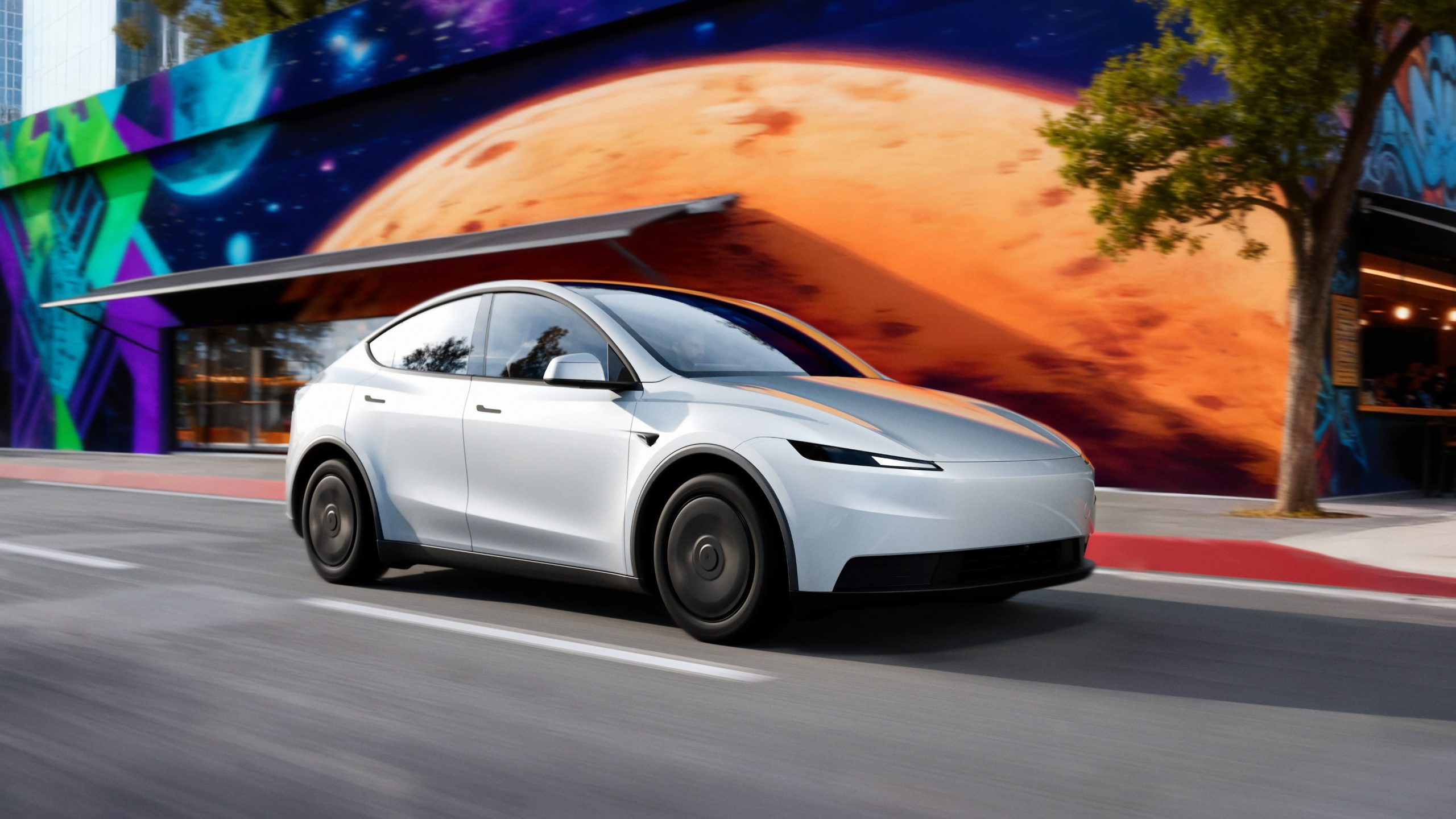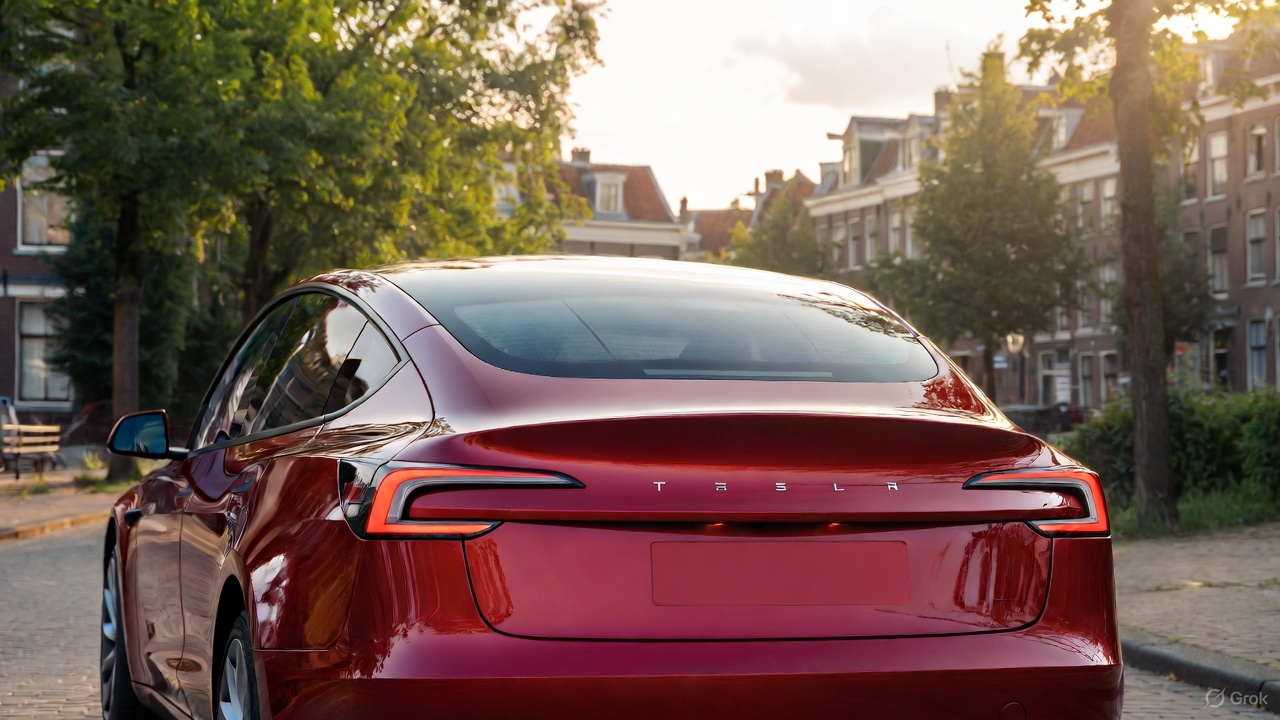

News
Tesla Model S and Model Y miss out on Consumer Reports ‘recommended’ rating
Consumer Reports dropped its recommendation of Tesla’s flagship sedan, the Model S, after the organization performed its annual Auto Reliability Survey and found issues with the vehicle’s air suspension and main computer and touchscreen controls. Additionally, the Model Y contributed to a lowering in Tesla’s reliability from the magazine.
CNBC spoke to Consumer Reports’ Senior Director of Automotive Testing, Jake Fisher, who stated that the issues were enough to remove the recommendation that the product testing company once had on the vehicle.
“We see a variety of problems on that car. It’s wavered throughout its life cycle,” Fisher told CNBC. At one point, the Model S was CR’s top-rated vehicle and listed the P85D variant as the best car of all-time in 2015.
However, the removal of the Model S means that only the Tesla Model 3 remains as a “recommended” vehicle by CR. The Model Y never made it to the list, and Fisher added details regarding the all-electric crossover’s issues, which were spotted by CR.
According to Fisher, the Model Y had a number of misaligned body panels, and human hair was found “stuck in the paint,” according to Reuters. “I am surprised that we would see just basic paint and trim type issues and body panel fitment issues,” Fisher said. “Really disappointing when you spend this much money for a car, and hopefully they’ll be able to rectify a lot of these as time goes by.”
The Model Y was given a rating that was “much worse the average” after the examination.
Both Tesla and CR have had a tumultuous relationship with one another, and it is important to identify the relationship that CR has with Tesla.
CR has jostled with ratings of the Model S, Model 3, and Model X several times throughout the past few years. After adding, removing, and re-adding each vehicle several times, CR finally admitted that the Model S and Model 3 were recommended once again in November 2019, after “improved reliability” was reported by the company. A survey of 5,000 Model 3 owners, which revealed positive reviews in terms of the company’s build quality, had shown that Tesla had improved the vehicle’s status during the production process.
However, CR has continued to cast stones in the direction of Tesla: One in the form of a dismissive review of Smart Summon, another in a very one-sided critique of Autopilot, which stated it was a “distant 2nd” to GM’s Super Cruise.
Tesla Autopilot is now a ‘distant 2nd’ to GM Super Cruise: Consumer Reports
Tesla has confronted the issues with the touchscreen controls on several occasions. The company recently announced that it would be offering warranty extensions on older infotainment systems on Model S and Model X vehicles.
CR has not always been negative toward Tesla, though. The company did list the Model 3 as the only American-made car in Consumer Reports’ Top Picks of 2020. Additionally, CR recognized that Tesla has industry-leading battery tech and energy efficiency.
Consumer Reports has had quite a tumultuous relationship with Tesla, but the issues recognized in the most recent Model S examination may cause the electric automaker to improve upon any identified issues. After improvements are made, the Model S and Model Y could join the Model 3 as “recommended” by CR.

Elon Musk
Tesla CEO Elon Musk sends rivals dire warning about Full Self-Driving

Tesla CEO Elon Musk revealed today on the social media platform X that legacy automakers, such as Ford, General Motors, and Stellantis, do not want to license the company’s Full Self-Driving suite, at least not without a long list of their own terms.
“I’ve tried to warn them and even offered to license Tesla FSD, but they don’t want it! Crazy,” Musk said on X. “When legacy auto does occasionally reach out, they tepidly discuss implementing FSD for a tiny program in 5 years with unworkable requirements for Tesla, so pointless.”
I’ve tried to warn them and even offered to license Tesla FSD, but they don’t want it! Crazy …
When legacy auto does occasionally reach out, they tepidly discuss implementing FSD for a tiny program in 5 years with unworkable requirements for Tesla, so pointless. 🤷♂️
🦕 🦕
— Elon Musk (@elonmusk) November 24, 2025
Musk made the remark in response to a note we wrote about earlier today from Melius Research, in which analyst Rob Wertheimer said, “Our point is not that Tesla is at risk, it’s that everybody else is,” in terms of autonomy and self-driving development.
Wertheimer believes there are hundreds of billions of dollars in value headed toward Tesla’s way because of its prowess with FSD.
A few years ago, Musk first remarked that Tesla was in early talks with one legacy automaker regarding licensing Full Self-Driving for its vehicles. Tesla never confirmed which company it was, but given Musk’s ongoing talks with Ford CEO Jim Farley at the time, it seemed the Detroit-based automaker was the likely suspect.
Tesla’s Elon Musk reiterates FSD licensing offer for other automakers
Ford has been perhaps the most aggressive legacy automaker in terms of its EV efforts, but it recently scaled back its electric offensive due to profitability issues and weak demand. It simply was not making enough vehicles, nor selling the volume needed to turn a profit.
Musk truly believes that many of the companies that turn their backs on FSD now will suffer in the future, especially considering the increased chance it could be a parallel to what has happened with EV efforts for many of these companies.
Unfortunately, they got started too late and are now playing catch-up with Tesla, XPeng, BYD, and the other dominating forces in EVs across the globe.
News
Tesla backtracks on strange Nav feature after numerous complaints

Tesla is backtracking on a strange adjustment it made to its in-car Navigation feature after numerous complaints from owners convinced the company to make a change.
Tesla’s in-car Navigation is catered to its vehicles, as it routes Supercharging stops and preps your vehicle for charging with preconditioning. It is also very intuitive, and features other things like weather radar and a detailed map outlining points of interest.
However, a recent change to the Navigation by Tesla did not go unnoticed, and owners were really upset about it.
For trips that required multiple Supercharger stops, Tesla decided to implement a naming change, which did not show the city or state of each charging stop. Instead, it just showed the business where the Supercharger was located, giving many owners an unwelcome surprise.
However, Tesla’s Director of Supercharging, Max de Zegher, admitted the update was a “big mistake on our end,” and made a change that rolled out within 24 hours:
The naming change should have happened at once, instead of in 2 sequential steps. That was a big miss on our end. We do listen to the community and we do course-correct fast. The accelerated fix rolled out last night. The Tesla App is updated and most in-car touchscreens should…
— Max (@MdeZegher) November 20, 2025
The lack of a name for the city where a Supercharging stop would be made caused some confusion for owners in the short term. Some drivers argued that it was more difficult to make stops at some familiar locations that were special to them. Others were not too keen on not knowing where they were going to be along their trip.
Tesla was quick to scramble to resolve this issue, and it did a great job of rolling it out in an expedited manner, as de Zegher said that most in-car touch screens would notice the fix within one day of the change being rolled out.
Additionally, there will be even more improvements in December, as Tesla plans to show the common name/amenity below the site name as well, which will give people a better idea of what to expect when they arrive at a Supercharger.
News
Dutch regulator RDW confirms Tesla FSD February 2026 target
The regulator emphasized that safety, not public pressure, will decide whether FSD receives authorization for use in Europe.

The Dutch vehicle authority RDW responded to Tesla’s recent updates about its efforts to bring Full Self-Driving (Supervised) in Europe, confirming that February 2026 remains the target month for Tesla to demonstrate regulatory compliance.
While acknowledging the tentative schedule with Tesla, the regulator emphasized that safety, not public pressure, will decide whether FSD receives authorization for use in Europe.
RDW confirms 2026 target, warns Feb 2026 timeline is not guaranteed
In its response, which was posted on its official website, the RDW clarified that it does not disclose details about ongoing manufacturer applications due to competitive sensitivity. However, the agency confirmed that both parties have agreed on a February 2026 window during which Tesla is expected to show that FSD (Supervised) can meet required safety and compliance standards. Whether Tesla can satisfy those conditions within the timeline “remains to be seen,” RDW added.
RDW also directly addressed Tesla’s social media request encouraging drivers to contact the regulator to express support. While thanking those who already reached out, RDW asked the public to stop contacting them, noting these messages burden customer-service resources and have no influence on the approval process.
“In the message on X, Tesla calls on Tesla drivers to thank the RDW and to express their enthusiasm about this planning to us by contacting us. We thank everyone who has already done so, and would like to ask everyone not to contact us about this. It takes up unnecessary time for our customer service. Moreover, this will have no influence on whether or not the planning is met,” the RDW wrote.
The RDW shares insights on EU approval requirements
The RDW further outlined how new technology enters the European market when no existing legislation directly covers it. Under EU Regulation 2018/858, a manufacturer may seek an exemption for unregulated features such as advanced driver assistance systems. The process requires a Member State, in this case the Netherlands, to submit a formal request to the European Commission on the manufacturer’s behalf.
Approval then moves to a committee vote. A majority in favor would grant EU-wide authorization, allowing the technology across all Member States. If the vote fails, the exemption is valid only within the Netherlands, and individual countries must decide whether to accept it independently.
Before any exemption request can be filed, Tesla must complete a comprehensive type-approval process with the RDW, including controlled on-road testing. Provided that FSD Supervised passes these regulatory evaluations, the exemption could be submitted for broader EU consideration.








